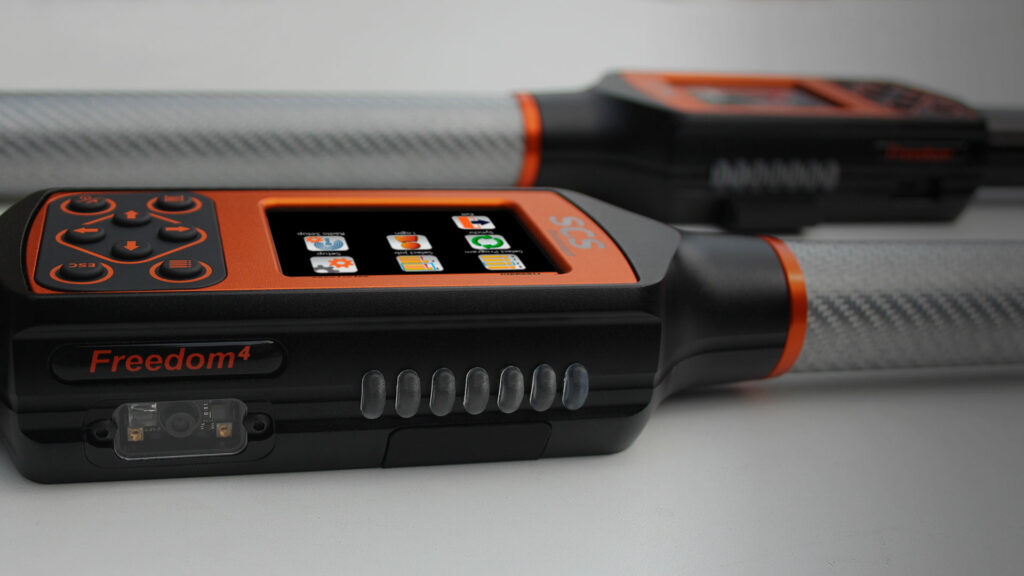A torque wrench, is an indispensable tool in various fields, especially in automotive repair, construction, and mechanical engineering. Its primary function is to apply a specific amount of torque to a fastener, such as a bolt or nut, ensuring that it is neither too loose nor too tight. Proper usage of a torque wrench is crucial for maintaining the integrity and safety of mechanical systems. Here, we outline the essential rules and precautions to follow when using a torque wrench.
Importance of Proper Torque Application
Applying the correct torque is vital for several reasons:
- Safety: Over-tightening or under-tightening bolts can lead to mechanical failure, posing safety risks.
- Performance: Properly torqued fasteners ensure optimal performance of mechanical systems.
- Longevity: Correct torque application extends the lifespan of components by preventing damage.
Basic Rules for Using a Torque Wrench
- Select the Appropriate Torque Wrench: Ensure you are using a torque wrench that is suitable for the torque range required for your task. Torque wrenches come in various types, including click, beam, and digital, each suited for different applications.
- Calibrate Regularly: Regular calibration of your torque wrench is essential for maintaining accuracy. Typically, calibration should be done annually or after every 5,000 cycles of use, whichever comes first.
- Understand the Torque Specifications: Always refer to the manufacturer’s specifications for the correct torque values. Using the wrong torque can cause damage or failure of the fastener or the parts being joined.
- Apply Torque in a Steady Motion: When tightening, apply torque smoothly and steadily until the wrench indicates that the desired torque has been reached. Avoid jerky or abrupt movements.
- Avoid Using Extension Bars: Using extension bars or adaptors can affect the accuracy of the torque wrench. If an extension is necessary, ensure it does not alter the torque reading.
- Store Properly: Store the torque wrench in a dry, clean place, and if it is adjustable, set it to its lowest setting when not in use to relieve tension on the internal spring.
Precautions to Observe
- Do Not Use for Loosening: A torque wrench is designed for tightening fasteners to a specified torque. Using it for loosening bolts can damage the tool’s internal mechanism.
- Check for Damage: Before each use, inspect the torque wrench for signs of wear, damage, or dirt. A damaged torque wrench can give inaccurate readings and lead to improper torque application.
- Avoid Over-Torquing: If the wrench indicates that the desired torque has been reached, do not continue to apply force. Over-torquing can strip threads, damage parts, and compromise safety.
- Use Manufacturer-Approved Lubricants: If the fastener or application requires lubrication, use only those recommended by the manufacturer. Incorrect lubricants can affect the friction between the fastener and its mating surface, leading to incorrect torque application.
- Be Aware of Environmental Factors: Temperature changes can affect the accuracy of the torque wrench. Ensure the tool is used within the temperature range specified by the manufacturer.
Conclusion
A torque wrench is a precision tool that requires careful handling and regular maintenance to ensure accuracy and reliability. By adhering to the basic rules and precautions outlined above, you can ensure the proper application of torque, thereby enhancing the safety, performance, and longevity of your mechanical systems. Always prioritize proper training and stay updated with the manufacturer’s guidelines to maximize the effectiveness of your torque wrench.
